9 Historically Impactful Christian Artworks
These works have helped shape the way we perceive and interpret the Christian faith, while demonstrating art’s ability to transcend time, inspire creativity, and evoke deep spiritual contemplation.
The artistic tradition of Christianity spans centuries, serving as inspiration for countless masterpieces depicting biblical narratives, spiritual themes, and the life (and death) of Jesus Christ. These master artworks – often commissioned by wealthy Church figures or royalty – have not only influenced the development of Western art, but have helped play a significant role in shaping cultural and historical context for Christians of all types.
9 Historically Impactful Christian Artworks showcases some of these great works while examining their importance and the lasting legacy these pieces have left on the world. Presented in chronological order, the list mixes some of the world’s most celebrated artworks with one or two you may not be quite as familiar with.
1. The Lamb of God, Jan van Eyck
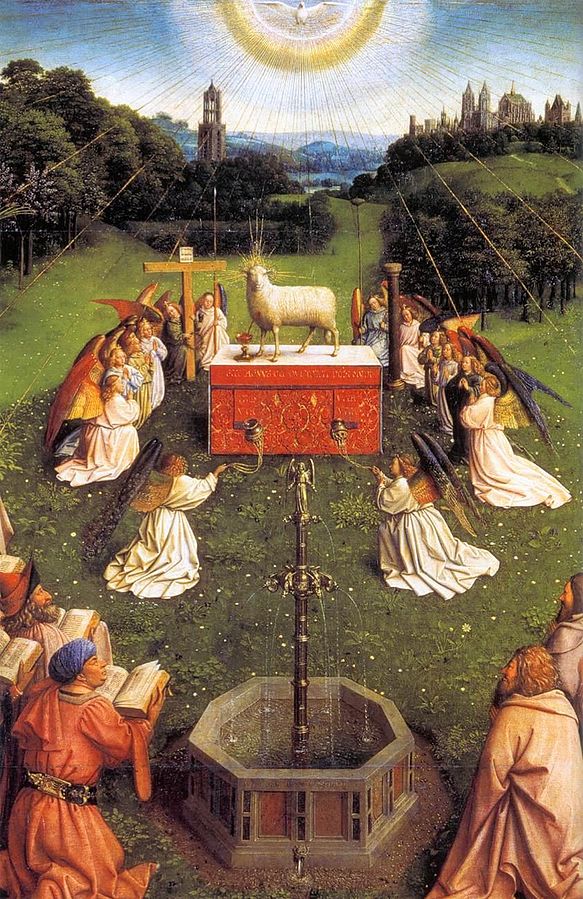
The Lamb of God panel (1432) from Flemish painter Jan van Eyck’s larger Ghent Altarpiece is a masterpiece renowned for its intricate details, luminous colors, and the meticulous brushwork technique. The central panel depicting a sacrificial lamb, symbolizing Jesus Christ, surrounded by angels and worshippers. The Lamb of God embodies the concepts of salvation and redemption, and has influenced countless artists throughout history. Housed at Saint Bavo Cathedral in Ghent, Belgium, it has been damaged during various conflicts, and even had a panel stolen for ransom (it is still missing).
2. The Last Supper, Leonardo da Vinci
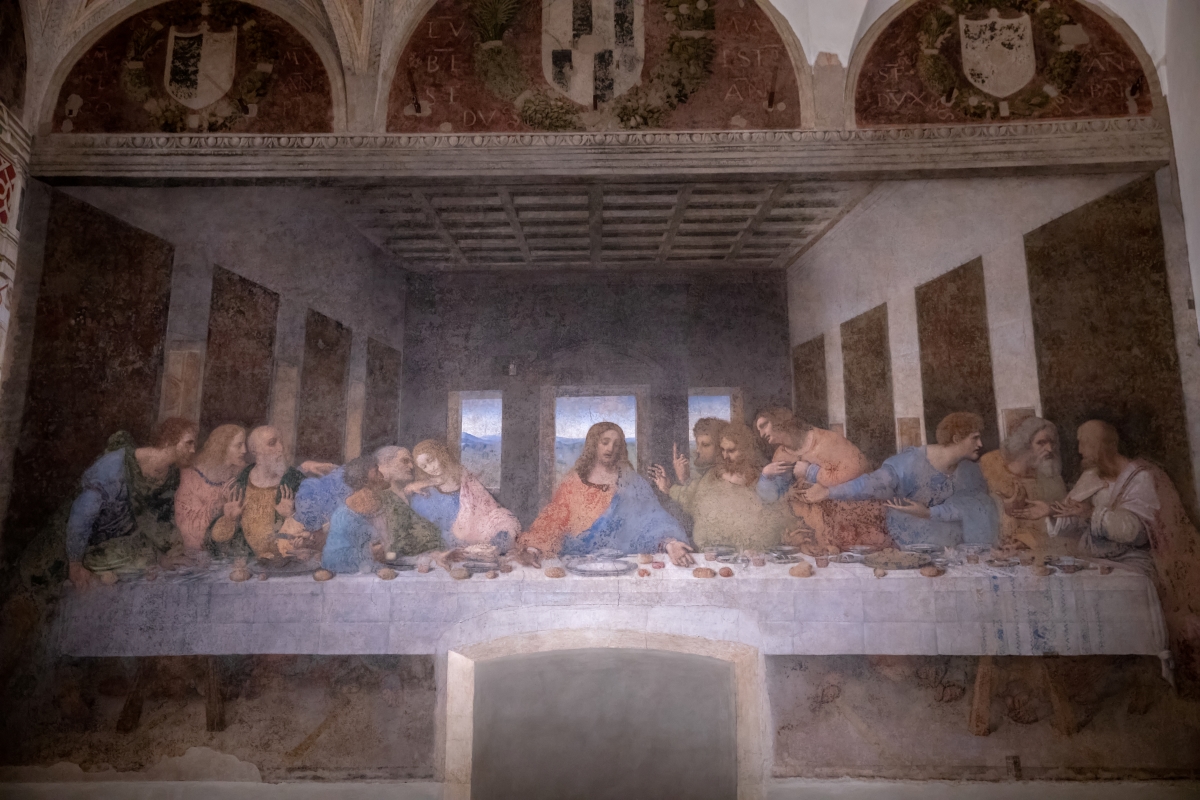
An instantly recognizable and influential masterpiece, Leonardo da Vinci’s The Last Supper (1495-1498) captures the moment when Jesus reveals that one of his disciples will betray him (yep, it was Judas). Painted during the Italian Renaissance, The Last Supper reflects da Vinci’s meticulous attention to detail and his innovative use of perspective – it’s an enduring symbol of faith and a vibrant cornerstone of Western art history. A UNESCO World Heritage site, the Last Supper can be found in the refectory of the Dominican convent of Santa Maria delle Grazie, Milan.
3. The Creation of Adam, Michelangelo
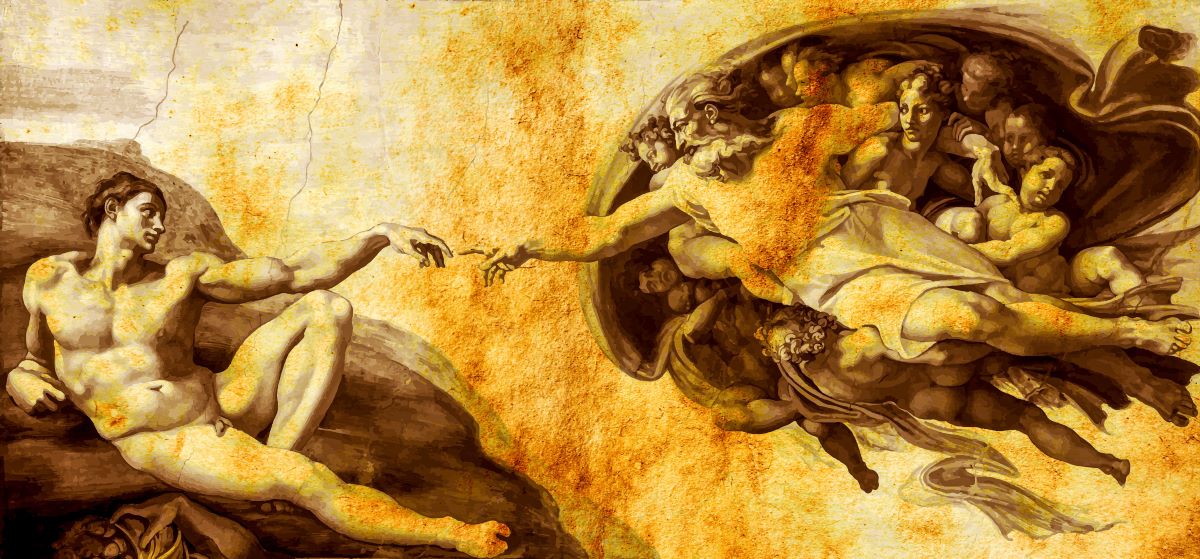
One of the many mesmerizing pieces on the ceiling of the Sistine Chapel in Vatican City, Michelangelo’s The Creation of Adam (1508-1512) is a breath-taking fresco portraying the iconic scene from the Book of Genesis. The outstretched hands of God and Adam, on the verge of touching, have become an iconic symbol of humanity’s relationship with the divine. The Creation of Adam showcases Michelangelo’s extraordinary technical talent as an artist, but also represents a profound theological statement.
4. The Sistine Madonna, Raphael
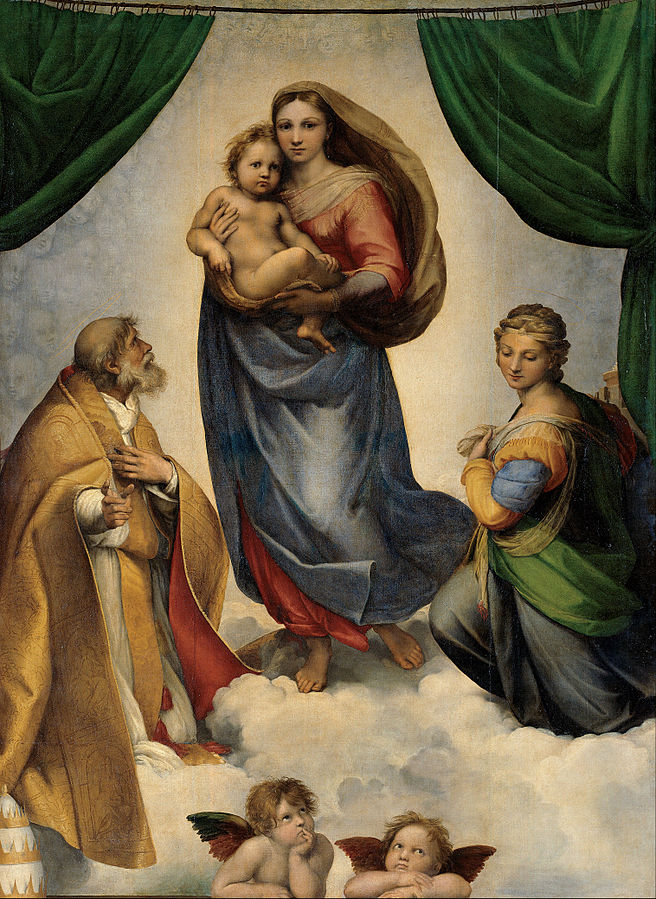
The Sistine Madonna is an extraordinary altarpiece depicting the Virgin Mary holding the infant Jesus while surrounded by saints and angels. Created by Raphael during the High Renaissance (1512-1513), the painting is most famous for its serene and ethereal atmosphere, exquisite composition, and vibrant color palette. The Sistine Madonna radiates divine beauty, and demonstrates Raphael’s mastery of technique ad ability to convey profound spirituality.
5. The Virgin of Guadalupe, Unknown Artist
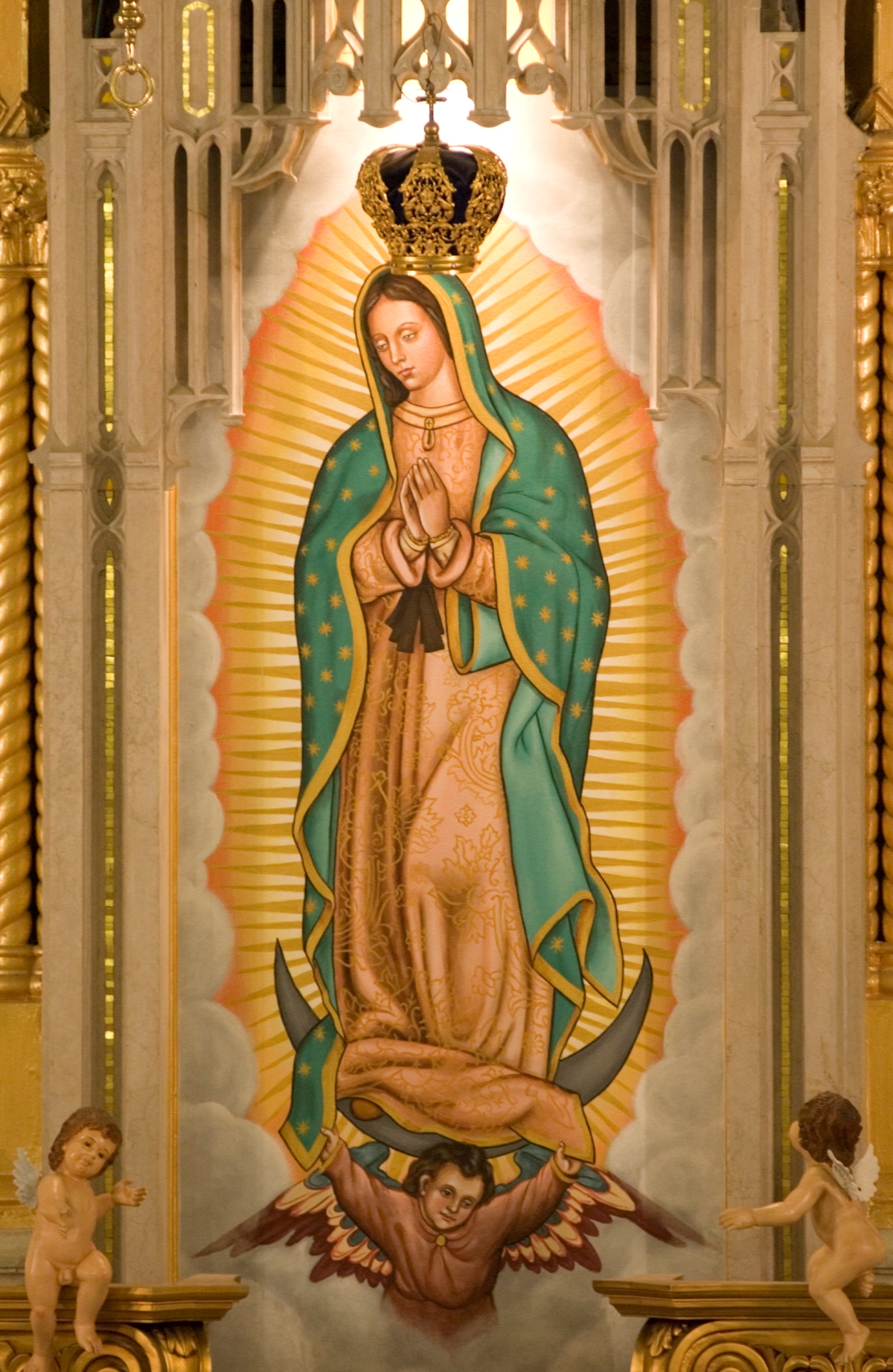
The Virgin of Guadalupe (or Our Lady of Guadalupe) is an iconic religious image purported to have appeared miraculously on the cloak of indigenous man Juan Diego in Mexico, in 1531. The painting depicts the Virgin Mary as a ‘mestiza’, embodying the blending of European and indigenous cultures. The Virgin became a symbol of faith, unity, and resistance that influenced the spread of Christianity throughout Latin America while fostering a sense of identity and pride. Our Lady of Guadalupe can be viewed at the Church of Santa María Asunción Tlaxiaco, in Oaxaca, Mexico.
6. The Crucifixion of Saint Peter, Caravaggio
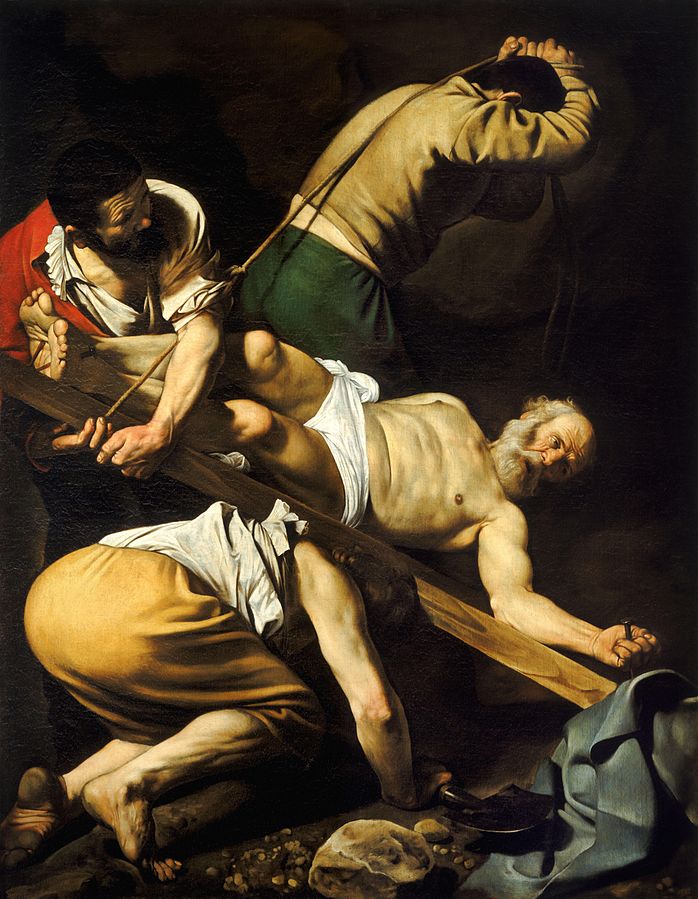
The Crucifixion of Saint Peter (1601) was painted by Italian Baroque master Caravaggio (who once killed a guy in a duel!). The painting was created for the Cerasi Chapel in Rome and is a powerful depiction of the martyrdom of Saint Peter. Te intense realism and dramatic composition of the artwork made it a groundbreaking piece, demonstrating Caravaggio’s innovative use of ‘chiaroscuro’ – a technique highlighting the contrast between light and dark to intensify emotional impact.
7. The Ecstasy of Saint Teresa, Gian Lorenzo Bernini
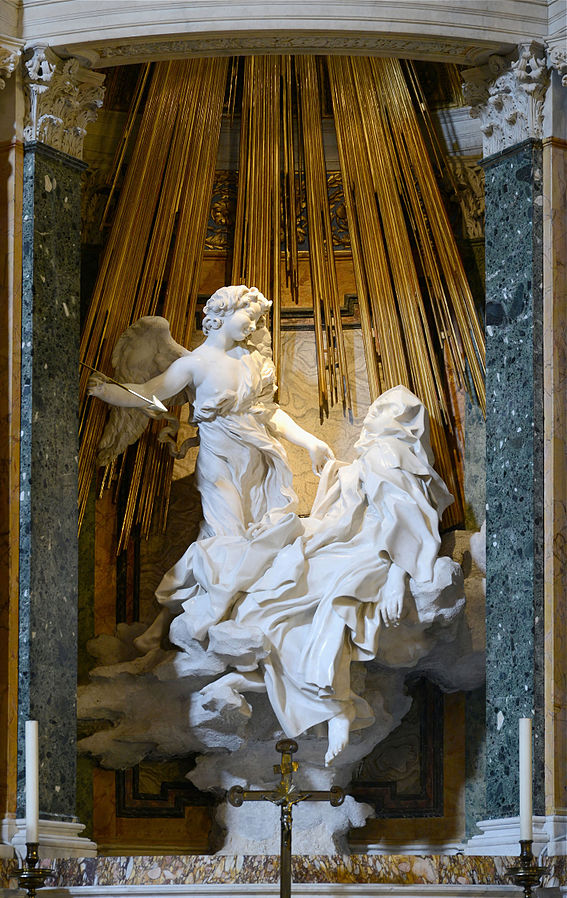
The Ecstasy of Saint Teresa is a sculptural masterpiece and the centerpiece of the Cornaro Chapel in Rome. Created by Gian Lorenzo Bernini (1647-1652), it depicts Saint Teresa of Avila in a state of spiritual ecstasy. The sculpture is an awe-inspiring and transformative artwork capturing the moment when an angel pierces her heart with a golden arrow, and symbolizes Saint Teresa’s profound connection with God. Bernini’s ability to convey movement, emotion, and the interplay of light and shadow brings her experience to life.
8. The Light of the World, William Holman Hunt
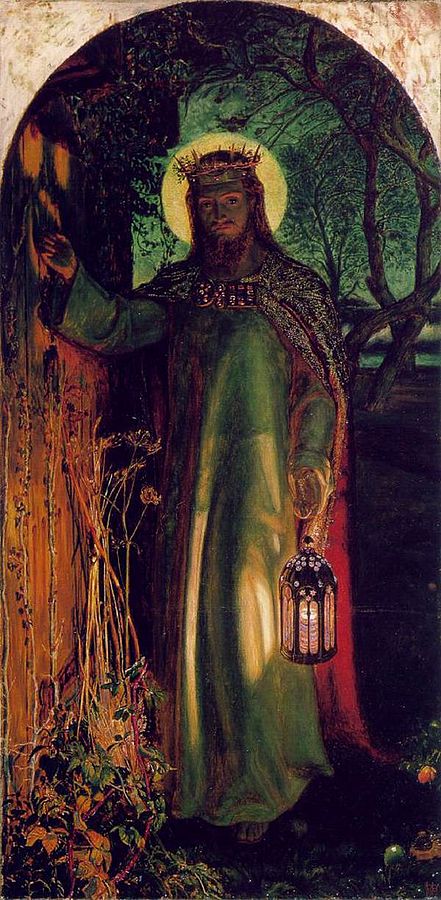
The Light of the World (1851-1853) portrays Jesus standing at a door, gently knocking. It is inspired by biblical passages, especially Revelation 3:20. Painted by British artist William Holman Hunt and displayed the side chapel at Keble College, Oxford, its meticulous details and luminous colors captivate viewers while encouraging introspection and contemplation of one’s faith.
9. The Angelus, Jean-François Millet
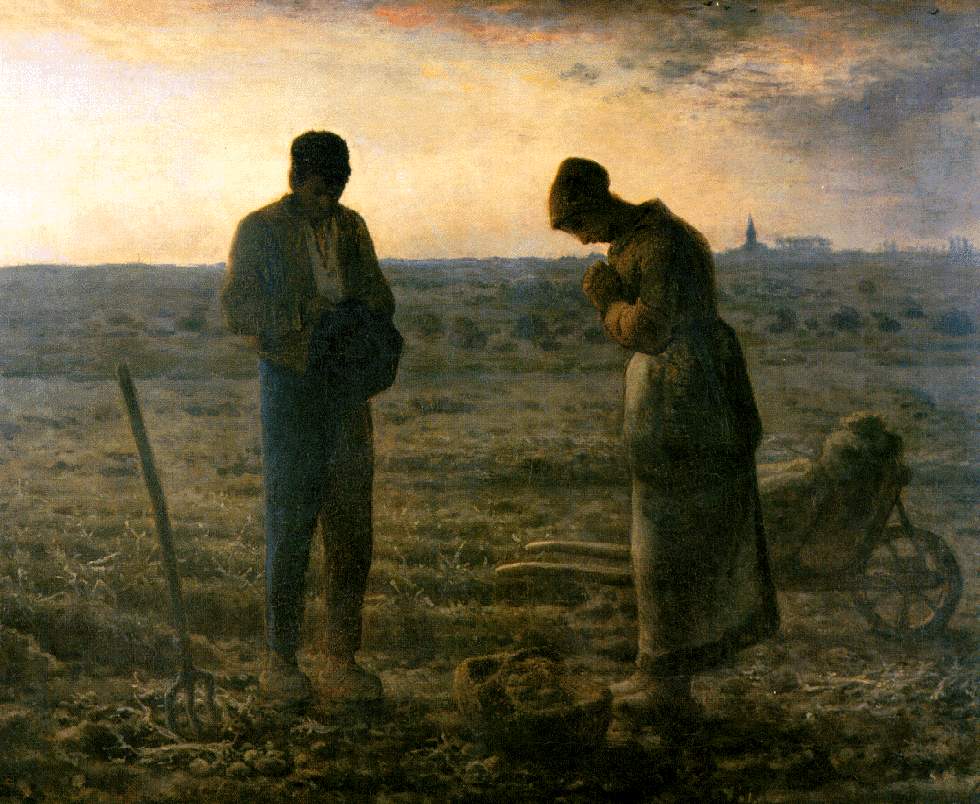
Jean-François Millet’s The Angelus (1857-1859) is a poignant portrayal of a peasant couple pausing to pray in a field, when the evening Angelus bell sounds. The Angelus, which is part of the permanent collection of the Musée d’Orsay in Paris, resonated with a wide audience as an iconic symbol of Christian piety and humility. The painting conveys faith and devotion while reflecting the artist’s respect for rural life and the importance of prayer.
Conclusion
Christian artworks remind us of the enduring beauty and profound messages found within the Christian tradition. These works have helped shape the way we perceive and interpret the Christian faith, while demonstrating art’s ability to transcend time, inspire creativity, and evoke deep spiritual contemplation with just a few brushstrokes.
SKM: below-content placeholderWhizzco for FHB

